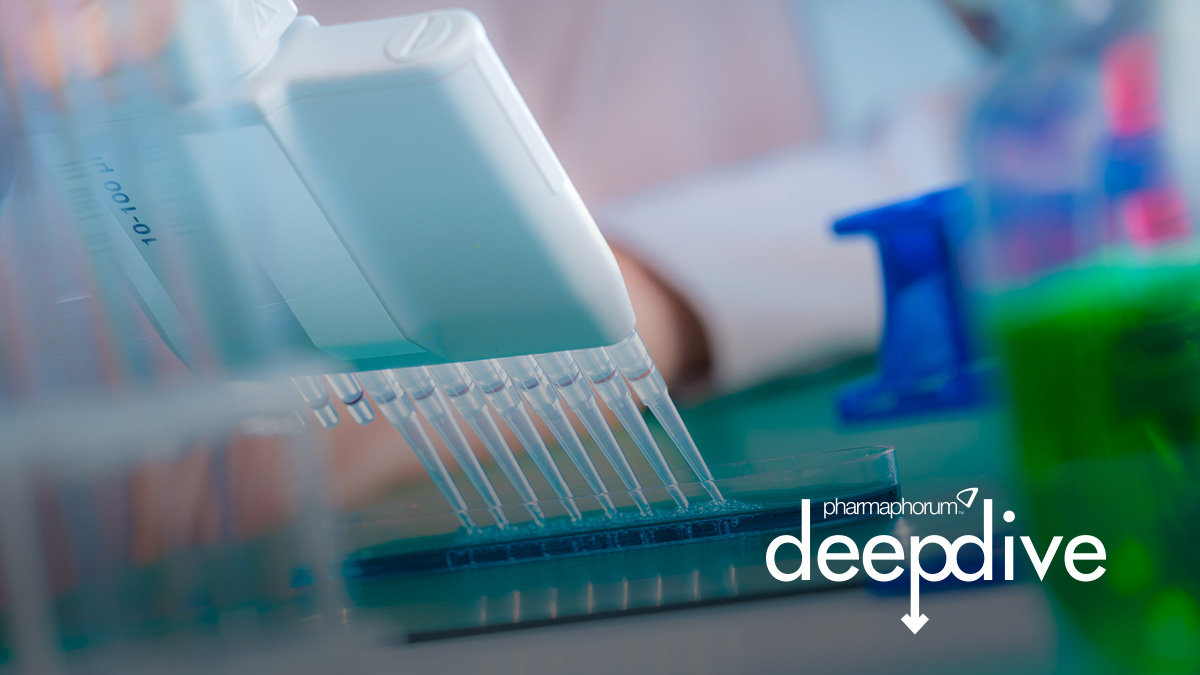The promise and pitfalls of molecular testing in oncology

Great strides have been made in the diagnosis and treatment of cancer. However, a variety of challenges remain that frustrate both physicians and patients. Central to this is how to use the large amounts of genetic data now available. Dr Chris Gaj explores the challenges and potential consequences for stakeholders in the US, Europe and emerging markets.
Early targeted therapies, such as the tyrosine kinase inhibitor erlotinib from Roche/Genentech/OSI, offered the promise of precision medicine to treat cancer at a molecular level. Oncologists noted individual ‘Lazarus-like’ responses to erlotinib, but overall effectiveness was moderate in unselected populations.
It was not until the discovery that specific activating mutations in the epidermal growth factor receptor (EGFr) conveyed sensitivity to erlotinib that oncologists could identify the patients most likely to respond and target them for treatment while limiting exposure to those unlikely to respond.
The advent of next generation sequencing (NGS) has reduced the time and expense required for molecular diagnostics, allowing oncologists to personalise treatment at the individual patient level. NGS includes a variety of techniques that allow for parallel sequencing of large numbers of DNA fragments as opposed to the individual gene tests using earlier PCR techniques and FISH. This is leading to increased collaborations between pharmaceutical and diagnostic companies, such as the recent partnerships struck by Bayer and Pfizer with Foundation Medicine – which has itself been acquired by Roche.
• Read the full article in pharmaphorum's Deep Dive digital magazine













